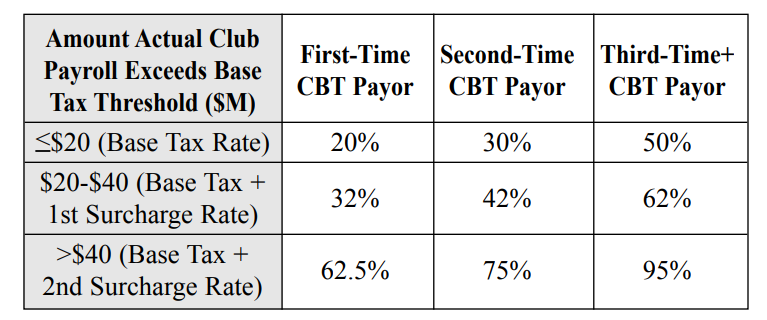JANUARY 20: The league and players union are planning to meet next Monday, January 24, reports Jeff Passan of ESPN (on Twitter). At that sit-down, the MLBPA is expected to present a counter-offer to MLB’s most recent economics proposal. It’ll mark the second in-person meeting between the parties since the beginning of the lockout. MLB’s most recent offer was made via videoconference.
JANUARY 19: The MLB Players Association is preparing its response to the proposal made by Major League Baseball last week, tweets Jon Heyman of the MLB Network. Heyman adds that the union is expected to put its next offer on the table within a matter of days.
The league broached some features of core economics last Thursday, marking the first instance of discussion between the two sides on any especially contentious issues since MLB instituted a lockout on December 2. The league’s offer didn’t address all the most pertinent issues, though, with no mention of free agency eligibility or the competitive balance tax. Instead, MLB’s proposal focused on such topics as the draft order, arbitration, possible solutions to service time manipulation and playoff expansion, among others.
According to various reports, the players were generally dissatisfied with the league’s decision not to cover free agency or the luxury tax. It wouldn’t be a surprise to see the union try to reignite discussions on those issues, as the MLBPA is seeking earlier paths for players to potentially reach the open market and dramatically heightened tax thresholds.
Time is dwindling for the parties to make significant progress in talks if they’re to avoid interruptions to Spring Training, as Ken Rosenthal of the Athletic wrote this morning. Exhibition play is scheduled to begin February 26, and Jeff Passan of ESPN wrote a few weeks ago that Spring Training would likely be delayed if there weren’t notable developments by the start of next month.
